Seoul Plaza Ice Skating Rink (서울광장 스케이트장)
601.0M 2020-04-02
110, Sejong-daero, Jung-gu, Seoul
+82-2133-2691
Seoul Plaza was established in 2004, and is located by Seoul City Hall. The plaza is shaped like the full moon. Seoul Plaza hosts a wide array of cultural events including concerts and exhibitions for residents and visitors. The plaza transforms into an outdoor skating rink every winter, a popular attraction in the city.
The facility houses one rink for beginners and one for advanced skaters, and also hosts various events during its operating hours. There are also convenient facilities like skate rental, outdoor rest area, and outdoor standing area for ice skaters and spectators.
Ice skaters at the rink must wear gloves, and the plaza also offers a training program to teach interested individuals how to have fun while skating safely. To learn how to skate, visit the website to register for a training session in advance.
Hankangouk (한강옥)
617.1M 2021-03-18
21, Eulji-ro 3-gil, Jung-gu, Seoul
+82-2-777-6678
This Korean cuisine is located near Euljiro 1(il)ga Station, Seoul. A store that sells only the highest-quality Korean beef. The representative menu is grilled Korean beef sirloin.
Nampo Myeonok (남포면옥)
620.3M 2024-03-07
24, Eulji-ro 3-gil, Jung-gu, Seoul
+82-2-777-3131
Located near Seoul City Hall and Cheonggyecheon Stream, Nampo Myeonok is a traditional Korean restaurant. Opened in 1968, it has been recognized by the Michelin Guide several times. Their specialty is pyeongyang naengmyeon (pyeongyang cold buckwheat noodles). The restaurant also serves a variety of other dishes that are the most commonly found in Korea, including galbi tang (galbi soup), bulgogi, mandu soup, and yukgaejang (spicy beef soup).
Jeongdong Theater (국립 정동극장)
629.9M 2024-06-19
43 Jeongdong-gil, Jung-gu, Seoul
+82-2-751-1500
Jeongdong Theater is located along Deoksugung Stone Wall Path and serves as a cultural hub for local citizens. Opened in 1995, Jeongdong Theater is historically significant as it was established to restitute the legacy of Wongaksa, the first modern theater in Korea. Jeongdong Theater features numerous critically-acclaimed productions, such as “Traditional Art Performance,” “Masters Exhibition,” and “Art Frontier,” as well as programs like “Art Stage at Noon” that are geared toward the general public. As a result, Jeongdong Theater has become one of Korea's representative traditional arts performance theaters and was designated as a Seoul Future Heritage in 2015.
The theater successfully held the performance “Miso” in 2010, featuring the traditional musical "Love Songs from Chunhyang," written and created by Jeongdong Theater. The musical attracted many international visitors from all over the world, passing on Korean cultural values and beauty, as well as gaining the attention of critics worldwide. In addition, the theater also produced "The 2nd Story of Miso: Baebijang-jeon," offering a modern interpretation of the fundamental values found in Korea's culture and art.
Korean National Police Heritage Museum (경찰박물관)
631.9M 2021-12-21
41, Saemunan-ro, Jongno-gu, Seoul
+82-2-3150-3681
The police museum opened on October 14, 2005 to give a better understanding of the job of the police and to offer a formal education to children who wish to become police officers in the future. The history hall of the museum is designed for visitors to learn about the history of Korean police at a glance, exhibiting information on the police force from the Joseon dynasty up until current times.
Visitors to the museum can pretend to be police officers by touching actual equipment and learning about an officer's daily tasks. Visitors can also get in patrol cars, wear a police uniform, experience shooting a gun through a simulation, and learn self-defense martial arts and arrest techniques. Visitors can also go to the museum jail.
Deoksugung Palace's Daehanmun Gate (덕수궁 대한문)
635.6M 2025-01-13
99 Sejong-daero, Jung-gu, Seoul
+82-2-771-9951
Located near City Hall station, Daehanmun Gate is the main gate of Deoksugung Palace, one of the princiapl five palaces of Joseon dynasty. The name "Daehan" means wish for eternal prosperity of the Korean Empire. In front of the gate, the Palace Royal Guard Changing Ceremony is held twice daily, along with the reproduction of costumes and style throughout the year.
Jeongdong Culture Night (정동야행)
635.6M 2025-05-20
99 Sejong-daero, Jung-gu, Seoul
+82-2-3396-4625
Jeongdong Culture Night is dedicated to promoting the history and culture of Jeongdong, a neighborhood in Jung-gu, Seoul. The festival programs allow participants to understand how the history is connected to today's culture and offers an opportunity to view Jeongdong's cultural facilities in a different perspective.
Tosokjeong (토속정)
638.8M 2021-03-19
4-1, Ujeongguk-ro, Jongno-gu, Seoul
+82-2-720-2192
This is a Korean cuisine located in Jongno, Seoul. The representative menu is skate, pork, and kimchi combo. A traditional Jeollanam-do food restaurant serving more than 10 side dishes.
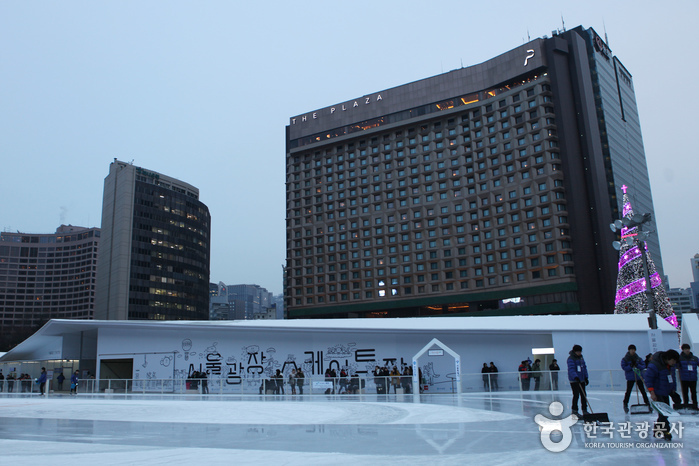
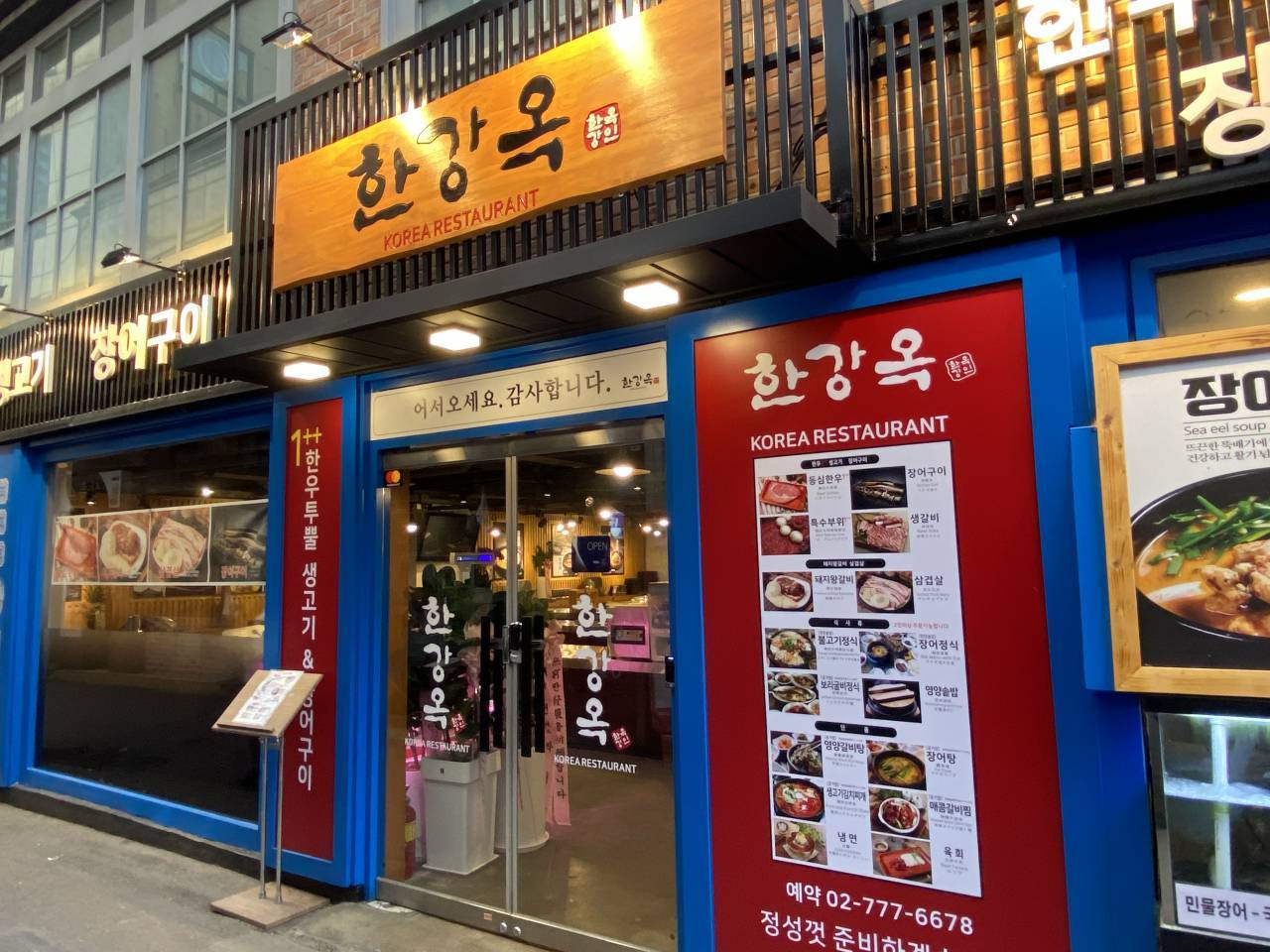
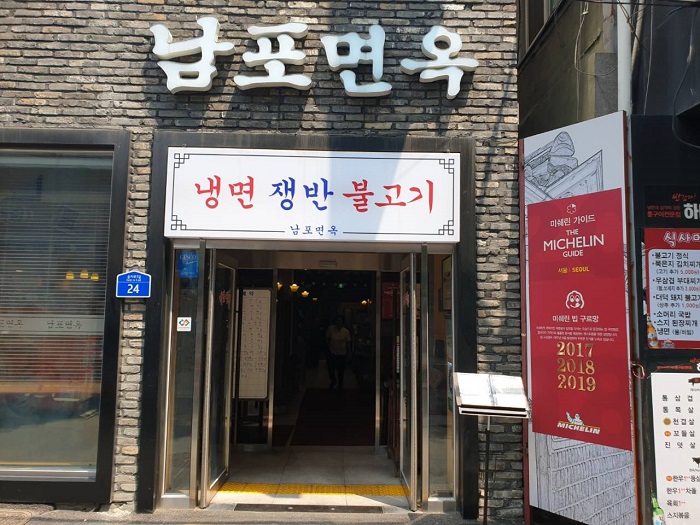

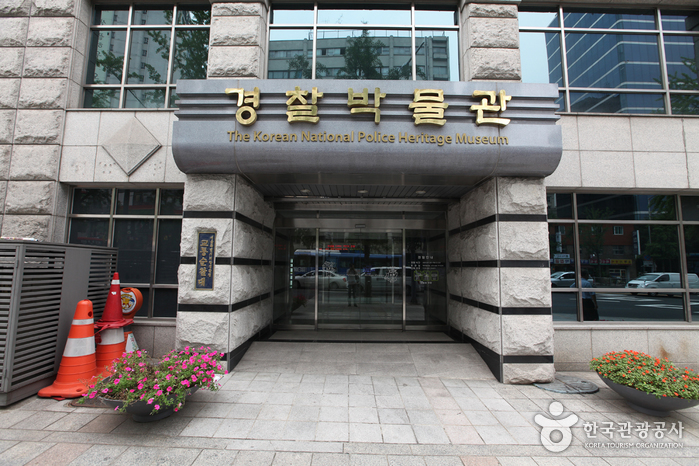
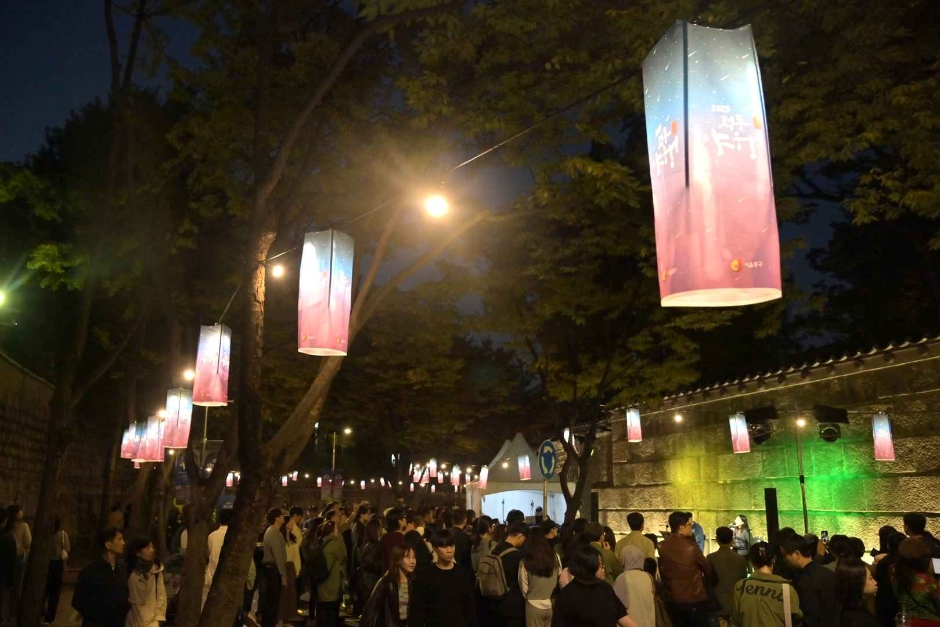
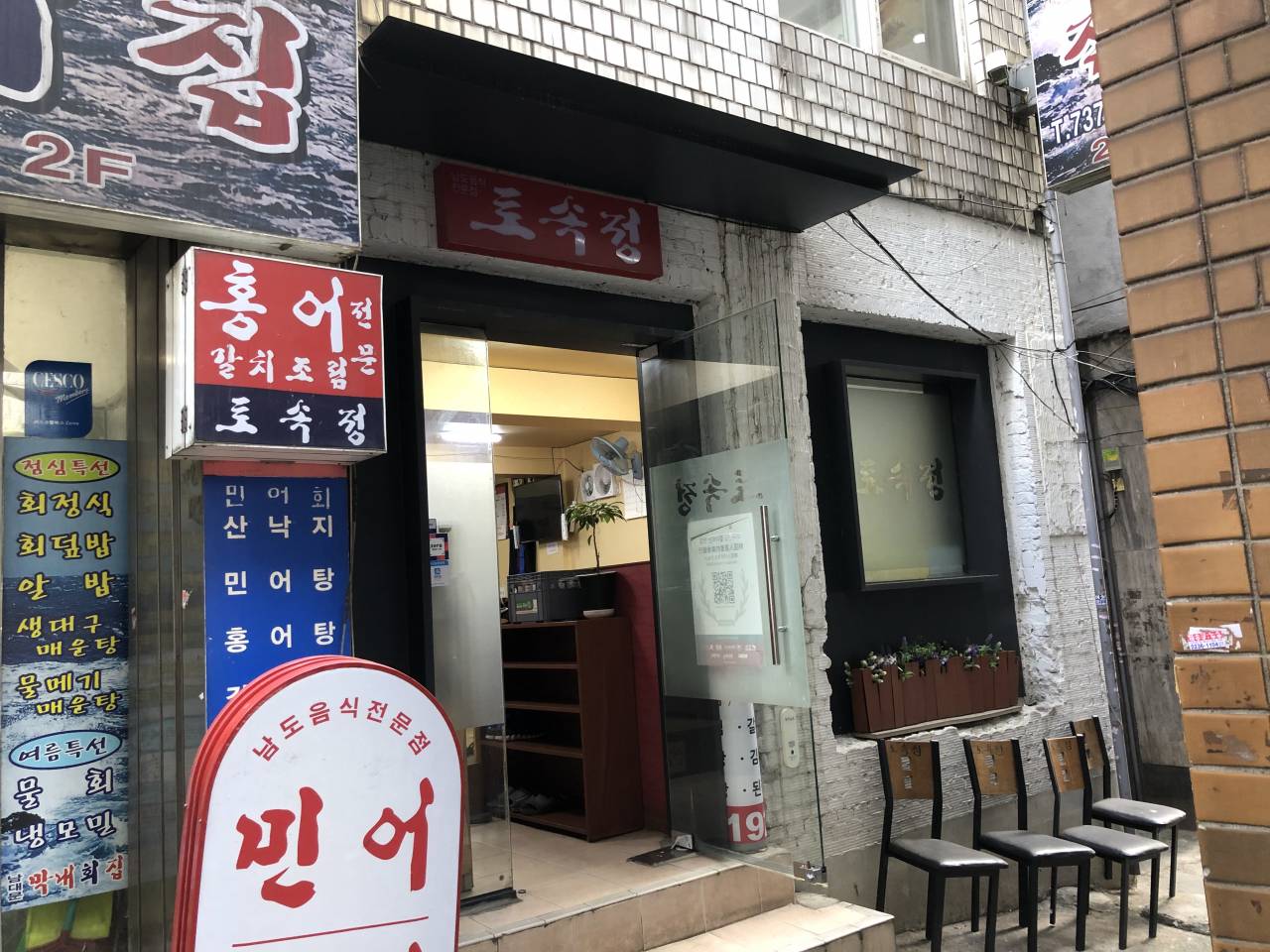
 English
English
 한국어
한국어 日本語
日本語 中文(简体)
中文(简体) Deutsch
Deutsch Français
Français Español
Español Русский
Русский